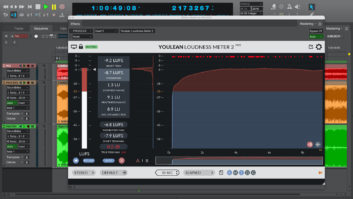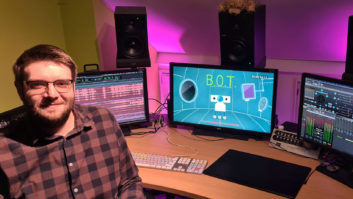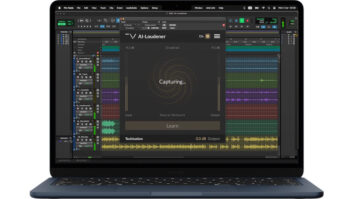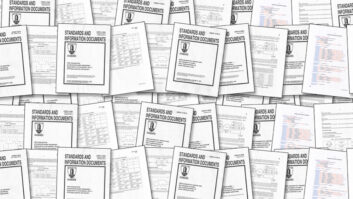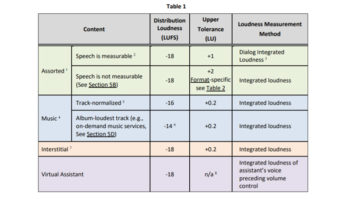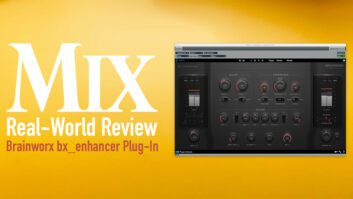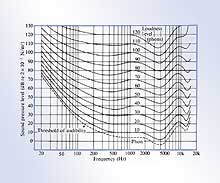
Nearly 75 years ago, Harvey C. Fletcher and Wilden A. Munson—two Bell Labs engineers studying subjective loudness—changed our understanding of the hearing process. Asking a large number of subjects to compare the relative volume of two tones to a standard 1kHz tone at a set level, Fletcher and Munson defined human hearing awareness at various frequencies.
In the October 1933 edition of the Journal of the Acoustical Society of America, Fletcher and Munson showed that hearing is frequency-selective—more specifically, hearing is most sensitive to pure tones in the 3 to 4kHz range and less so above and below that. To perceive that a 100Hz signal is of equal loudness to a 3kHz tone requires an actual SPL of the 100Hz tone that’s much higher than that of the 3kHz tone, particularly at low volumes. This phenomenon was referred to as “Equal-Loudness Contours,” and although this original research was later updated (most notably by Robinson and Dadson in 1956), Fletcher and Munson’s pioneering work laid the groundwork for industry-standard measurement curves, from the classic A/B/C/D-weighting filters to the current ISO 226:1987 standard.


